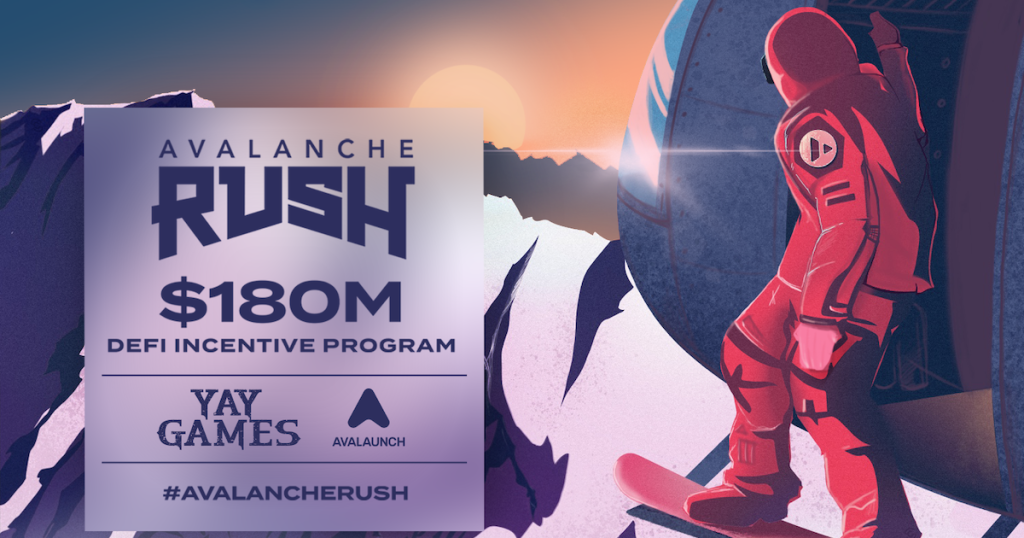My Crypto Journey: Exploring DeFi and Beyond

How I Got Into Crypto
Back in 2020, when I was a student without a job, I started learning about crypto. Ethereum’s gas fees were extremely high, and I couldn’t afford to lose 15% of my money just on transaction fees. That’s when I discovered Polygon, a Layer 2 solution that made transactions cheaper. This got me into Decentralized Finance (DeFi)—a way to use financial services without needing banks.

Aave: Getting Paid to Borrow Money
One of the first platforms I tried was Aave, a decentralized lending and borrowing app. What amazed me was that I could borrow money and actually get paid for it. The incentives were so strong that just by borrowing, I was earning extra rewards. This was my first real experience making passive income from assets like Bitcoin (BTC). (Aave)

Avalanche and the DeFi Boom
After using Aave, I found Avalanche’s DeFi Summer Event, which offered huge rewards for borrowing assets and moving them to the Avalanche network. My initial capital for this journey actually came from a BenQi Airdrop, which I immediately sold for $2,000. That money got me hooked on DeFi. I started using yield optimizers like Yield Yak and Penguin Finance to maximize my earnings. (Yield Yak, Penguin Finance)
My Strategy:
- Buy ETH on Coinbase.
- Transfer ETH to Avalanche.
- Deposit BTC and USDC to earn yield.
- Use yield optimizers to increase returns.
- Invest a portion in new projects.
The Luna Ecosystem and Fixed Yield
I noticed that new blockchain networks with high activity were getting popular, which led me to Terra/Luna. Unlike other platforms that had variable interest rates, Luna offered fixed yields, making it very attractive. This drove $LUNA to new highs.
Sharing My Journey on YouTube
By mid-2021, I started posting YouTube videos to show how people could earn passive income through Aave and yield farming instead of using traditional savings accounts. At the time, these opportunities were too good to ignore.
Check out my DeFi videos from three years ago here:
The Crypto Crash and My Exit
At the end of 2021, Luna changed how it managed its treasury by adding BTC to its reserves. Then, in early 2022, FTX and SBF crashed the entire crypto market. Inflation fears and government stimulus spending led to huge sell-offs. Luckily, I had already sold all my crypto by November before everything collapsed.
Watching Solana’s Rise
After selling my assets, I watched from the sidelines as Solana took off. At first, I didn’t like it because it felt too centralized, but over time, I noticed many DeFi projects were moving there or being copied. (Figment)
Trading Futures and Learning Technical Analysis
During the bear market, I focused on risk-adjusted returns and started using GMX, a decentralized futures trading platform where you can trade BTC, ETH, and AVAX with leverage. I wasn’t day trading, but I was learning technical analysis. (GMX)
Moving into the Startup World
In 2022, after getting my finance degree, I joined a startup. Instead of working in traditional finance, I focused on building products, raising funds, making financial models, and pitching ideas. Crypto took a backseat while I focused on growing real-world skills.
My Comeback: ETH Leverage & Pump.fun
In early 2024, I raised funds and opened a 4x long on ETH at a market low. While ETH underperformed, this experience made me more interested in Solana, which was now the most popular blockchain. I closed my ETH trades, stopped yield farming, and started using Pump.fun, a platform where people can easily create new tokens. It was simple and fun.
Where I Am Today
Right now, Pump.fun is overloaded with new tokens launching constantly, driven by influencers pumping and dumping coins. There are new trends like DEFAI (example: HeyAnon), but overall, the market feels like a player vs. player (PvP) game, where traders are just trying to outsmart each other.
There were more than 52,000 coins created on Pump Fun yesterday.
— Adam Cochran (adamscochran.eth) (@adamscochran) February 9, 2025
If we filter out sniped coins, with insider bubblemaps, there is 0.5 - 1 coin per month that you can win real volume on.
Meaning a 1 in 1.5m chance.
So you’re 33% more likely to win $50k on powerball than on Pump… pic.twitter.com/9QJNCMDUNA
Because of this, I’ve shifted my focus to building instead of trading. With AI making it easier to develop Minimum Viable Products (MVPs), I want to work on education and innovation rather than chasing hype.
Key Crypto Platforms I’ve Used:
- Aave: Borrow and earn yield (Aave)
- Yield Yak: Auto-compound earnings on Avalanche (Yield Yak)
- Penguin Finance: Yield farming & staking on Avalanche (Penguin Finance)
- GMX: Decentralized futures trading (GMX)
- Pump.fun: Create and trade memecoins
Crypto Market Snapshot:
- Ethereum (ETH): $2,590.22
- Bitcoin (BTC): $94,948.00
- Avalanche (AVAX): $24.72
- Terra (LUNA): $0.259352
- Solana (SOL): $191.63
Crypto has changed a lot since I first got into it, but the excitement remains the same—finding new opportunities and pushing the limits of finance through technology.




Comments ()